Content

Ion exchange resin: Efficient and cost-effective water treatment
Update: 19/08/2024
Share:




1. Structure of Ion Exchange Resin Beads
Ion exchange resin beads are made from organic polymers that have the ability to exchange positive ions (cations) or negative ions (anions) with ions present in the solution without altering the physical properties of water.
Basically, the structure of ion exchange resin beads consists of two main parts: fixed functional group and flexible functional group.
Fixed Functional Group
Usually made from polystyrene, but can also be produced from acrylic or methyl acrylate. This group creates a spherical or porous structure, optimizing the surface area for efficient ion exchange processes. This structure not only provides high durability but also enhances the flexibility and ion exchange capacity of the beads.
Flexible Functional Group
It is the ion exchange component attached to the polystyrene resin frame, capable of easily exchanging ions in the solution. The type of ion exchange material depends on the specific usage. For example, in the process of softening hard water, sodium ions (Na+) or hydrogen ions (H+) are commonly used to replace calcium and magnesium ions in water.
Thanks to the cross-linked structure of hydrocarbon chains, ion exchange resin beads have high durability and flexibility, meeting the demands for ion exchange in various industrial applications. With efficient processing capabilities and versatility, ion exchange resin beads have become the optimal choice for modern industrial production processes, including water treatment.
2. Physical and Chemical Properties of Ion Exchange Resin Beads
Due to the following outstanding physical and chemical properties, ion exchange resin beads have become a crucial factor in many industrial applications, from water treatment to complex chemical processes in various industrial sectors.
- Size and Shape: Ion exchange resin beads are typically small in size, spherical in shape to optimize the contact surface area, allowing rapid and efficient ion exchange processes. Additionally, their compact size enables easy penetration into water treatment systems without causing clogging.
- High Porosity: This is one of the key properties of ion exchange resin beads, allowing water and ion solutions to permeate easily through small pores on the bead surface, enhancing ion exchange capacity. High porosity also helps in retaining and exchanging a large amount of ions, improving operational efficiency in water treatment applications.
- Water Absorption Capacity: Ion exchange resin beads have good water absorption capacity, maintaining a swollen state when immersed in water. This ability allows ions to move easily in and out of the beads, optimizing the ion exchange process. However, the resin beads need to be kept at the appropriate moisture level to maintain this feature.
- Chemical Stability: Ion exchange resin beads exhibit high chemical stability, able to withstand harsh environmental conditions without degradation or loss of functionality. They can operate well in a wide pH range and withstand high temperatures, ensuring stability throughout the operation. However, exposure to excessively high temperatures and strong oxidizing agents should be avoided to maintain long-term effectiveness.
- Reusability: Some types of ion exchange resin beads can be reused after the ion exchange process by performing regeneration using chemicals or salt.
3. Common Types of Ion Exchange Resin Beads
Ion exchange resin beads are commonly classified based on their functional groups, divided into 2 main types:
Cation Exchange Beads
Used to remove positive ions (cations) such as calcium (Ca²⁺), magnesium (Mg²⁺), and iron (Fe²⁺) from water. Cation resin beads typically have strong or weak acid functional groups, such as sulfonic acid or carboxylic acid.
Anion Exchange Beads
Used to remove negative ions (anions) such as chloride (Cl⁻), nitrate (NO₃⁻), and sulfate (SO₄²⁻) from water. Anion resin beads typically have strong or weak base functional groups, such as primary or secondary amines.
Currently, there are many types of ion exchange resin beads available in the market with different colors and prices, including popular ones like Vican VA007 Cation Beads, Trilite KC-08 Ion Exchange Beads, Mitsubishi UBK08 Cation Beads, Trilite SM210 Mixbed Beads, etc.
4. Quotation for Ion Exchange Resin Beads from Toan A JSC
As a leading and reputable company in the water treatment industry with over 4000 projects completed nationwide, Toan A JSC not only provides consultation, installation, and maintenance of water treatment systems but also supplies high-quality ion exchange resin beads at competitive prices. Below is a reference price list for some types of ion exchange resin beads offered by Toan A:
(For detailed pricing, please contact the hotline 0913.543.469)
|
No. |
Product Code |
Brand |
Specification |
Unit |
QUOTATION |
|||||
|
Single |
Qty 4 |
Qty 10 |
Qty 20 |
Qty 40 |
Qty 80 |
|||||
|
1 |
UKC08 Cation Beads |
Trilite |
25 liters |
bag |
1,425,000 |
1,400,000 |
1,390,000 |
1,380,000 |
1,375,000 |
1,375,000 |
Note:
- Prices may vary depending on the quantity ordered and specific requirements.
- Please contact Toan A JSC directly at the hotline 0913.543.469 for detailed quotations and advice on the most suitable products for your needs.
5. Specific Applications of Ion Exchange Resin Beads in the Water Treatment Industry
Ion exchange resin beads are a vital tool in many water treatment applications, from industrial to domestic, ensuring the provision of clean and safe water for various purposes. They have specific functions as follows:
- Water Softening: Strong acid cation resin beads are used to remove calcium and magnesium ions, reducing water hardness.
- Desalination: Using a combination of cation and anion resin beads to completely remove ions in water, producing pure water.
- pH Adjustment: Resin beads can be used to adjust the pH of water by removing or adding hydrogen ions (H⁺) or hydroxide ions (OH⁻).
With the advancement of technology and the demand for clean water, investing in ion exchange resin beads is a smart decision for businesses and individuals. With 21 years of experience in the water treatment industry, Toan A JSC is always ready to accompany our valued partners in improving water quality and environmental protection.
For more detailed information about products and services, please contact Toan A JSC through:
- Zalo: 0913.543.469
- Projects: 0913.543.469
- Hotline North: 0822.211.666
- Hotline South: 0822.212.666
- Messenger: https://www.facebook.com/toanajsc
We are committed to providing customers with the most effective and cost-saving water treatment solutions!
Update: 19/08/2024
Share:




Related news
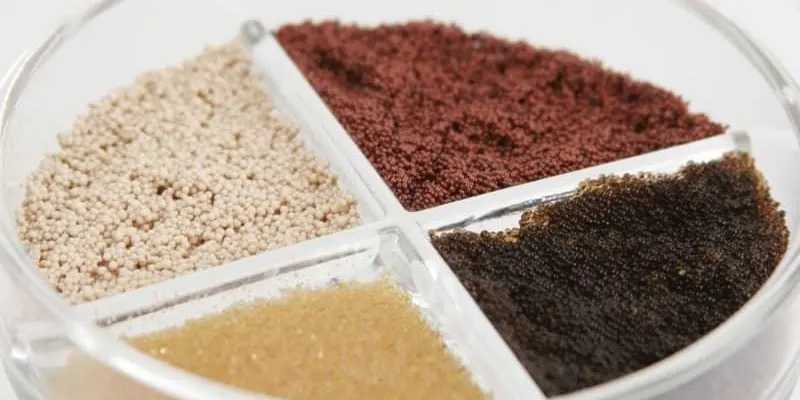
Ion exchange resin: Efficient and cost-effective water treatment
Developed since the early 20th century, ion exchange resin beads have become an indispensable part of the water treatment industry. With superior ability to remove impurities and harmful ions in water such as Ca2+ and Mg2+, ion exchange resin beads are also commonly referred to as water softening resin beads, leading the way in today's green technology race. Not only do they help improve water quality, but they also contribute to environmental protection and sustainable development. Let's delve deeper into the role and applications of ion exchange resin beads with Toan A JSC in the article below!
Created at: 19/08/2024
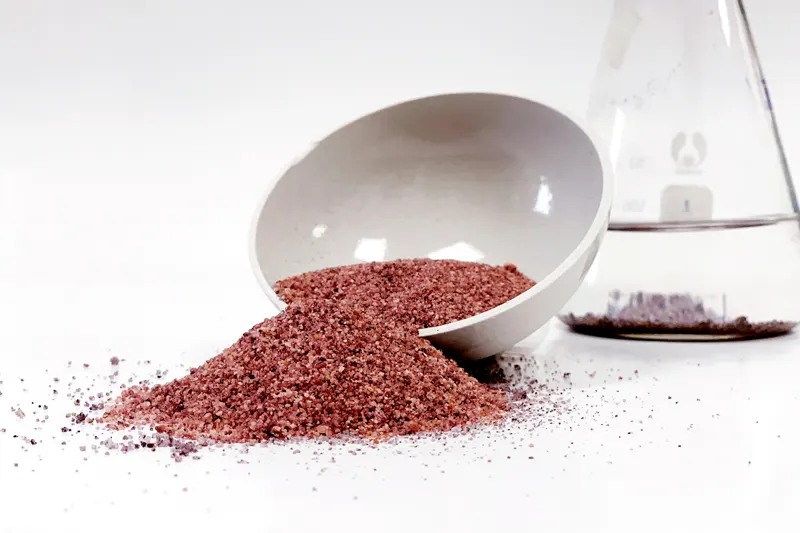
Ferman beads: the leading expert in removing iron and manganese from water
Amidst the increasing challenge of water pollution, it has become imperative to research and discover new environmentally friendly and highly efficient water treatment materials. This is particularly crucial as many households continue to rely on well water or surface water for their daily needs and activities. Notably, these water sources often have elevated levels of Iron and Manganese contamination, posing health risks and disrupting daily life. Developing effective solutions for treating water contaminated with Iron and Manganese is essential not only for ensuring clean water quality but also for safeguarding our environment.
Created at: 08/08/2024
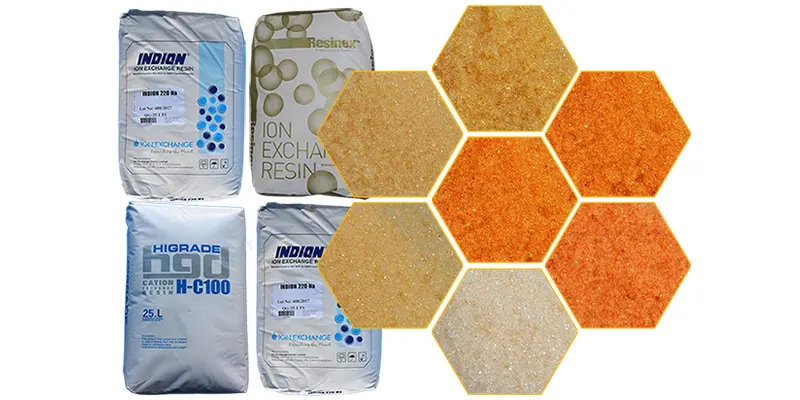
Resin is an organic substance with ion exchange properties, commonly used in water filtration processes to remove undesirable ions. Resin beads are typically made from synthetic polymers and have the ability to absorb and replace ions in water
What is Resin Bead, its properties, characteristics, and applications of this ion exchange resin will be the content shared by experts from Toan A. Let's explore the following content to answer this question.
Created at: 16/04/2024






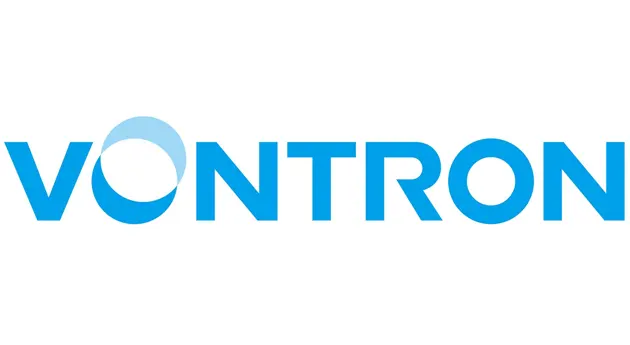
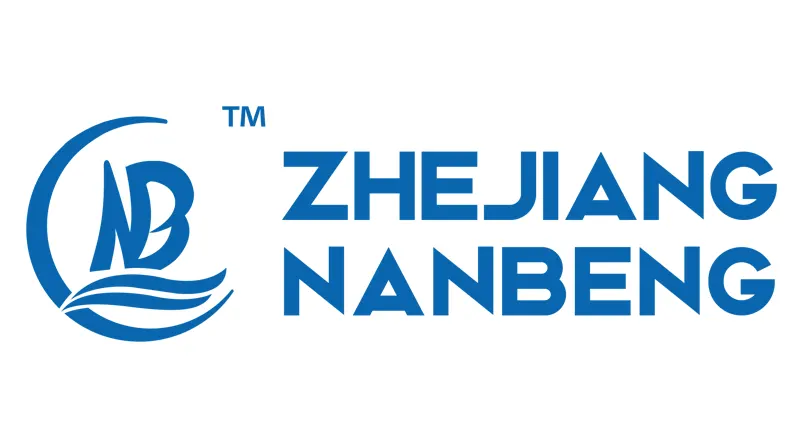


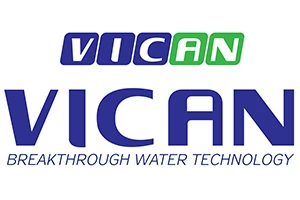






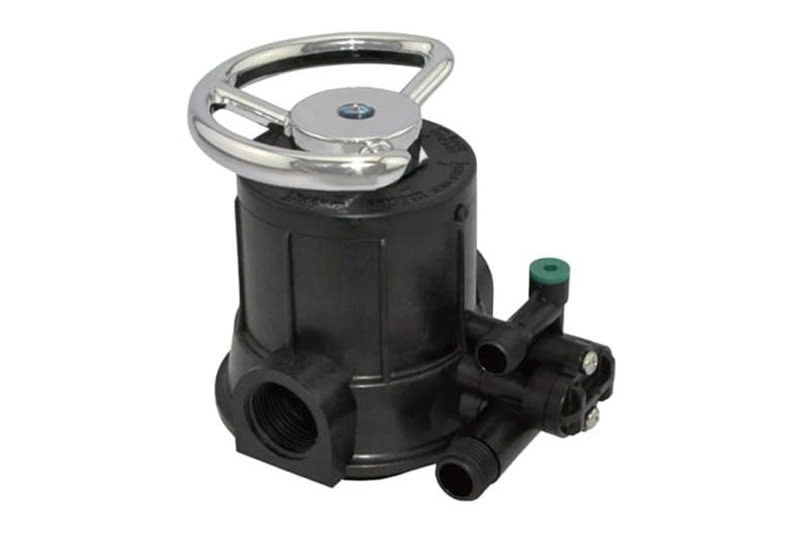
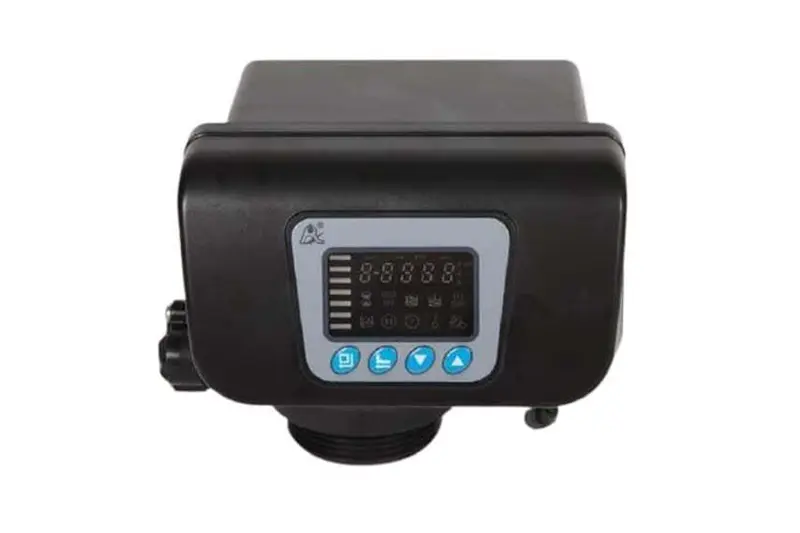




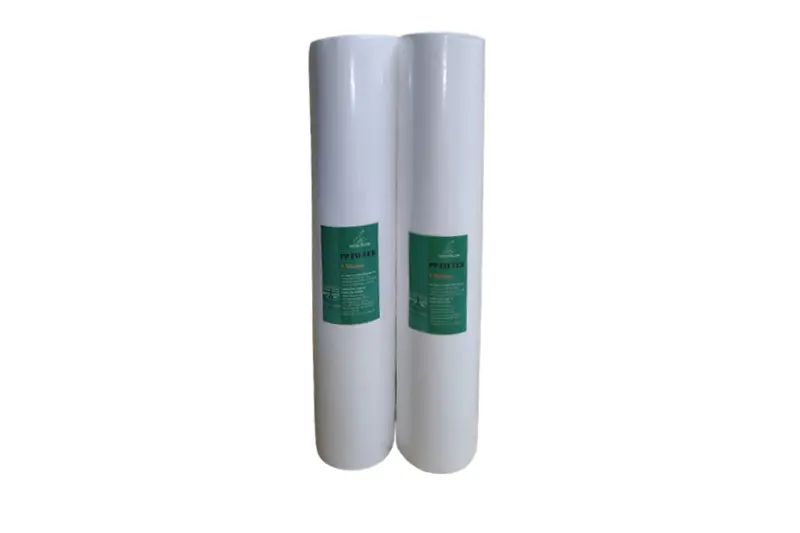



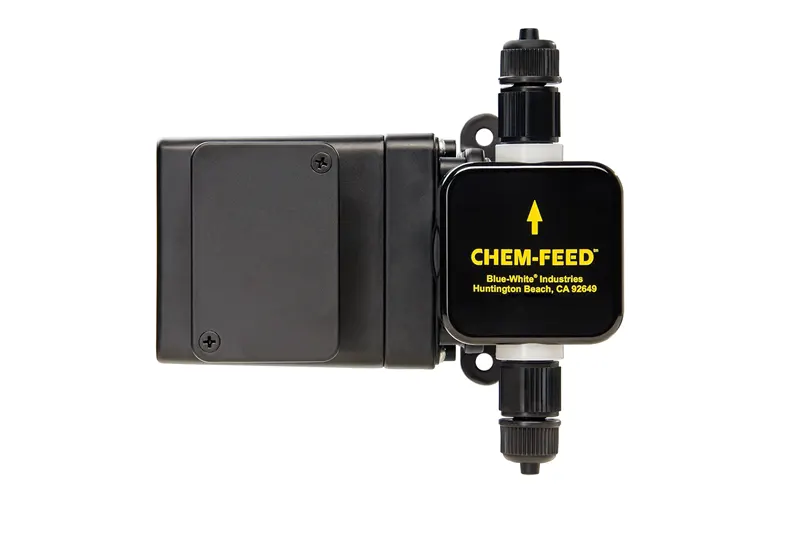
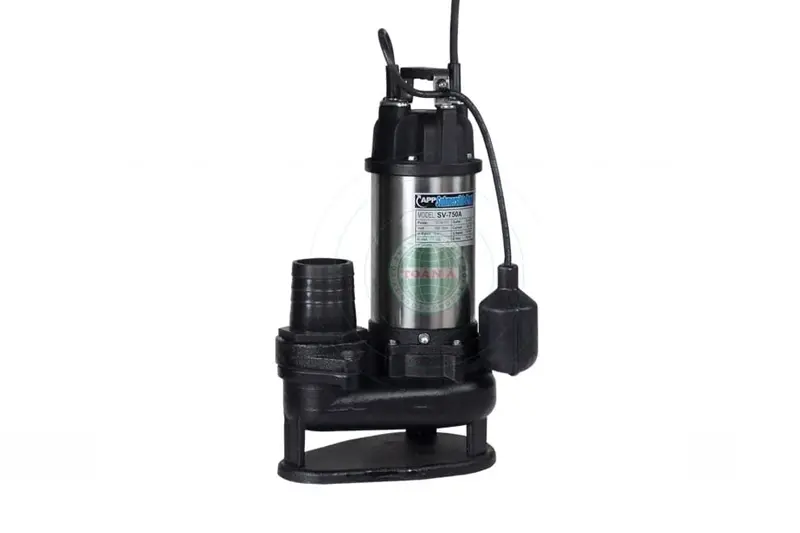



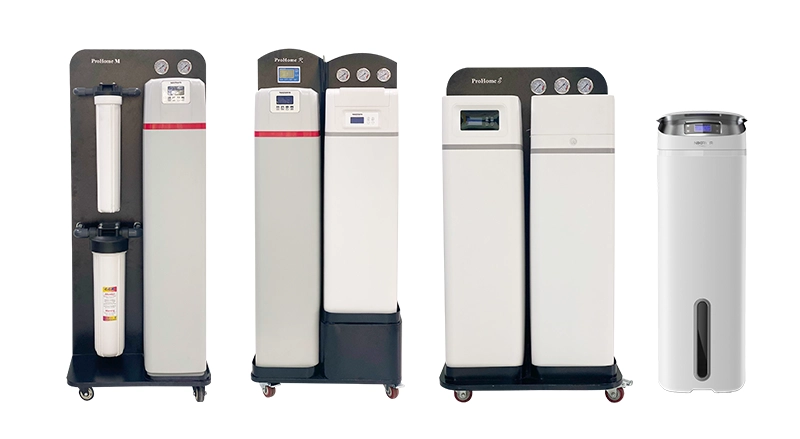
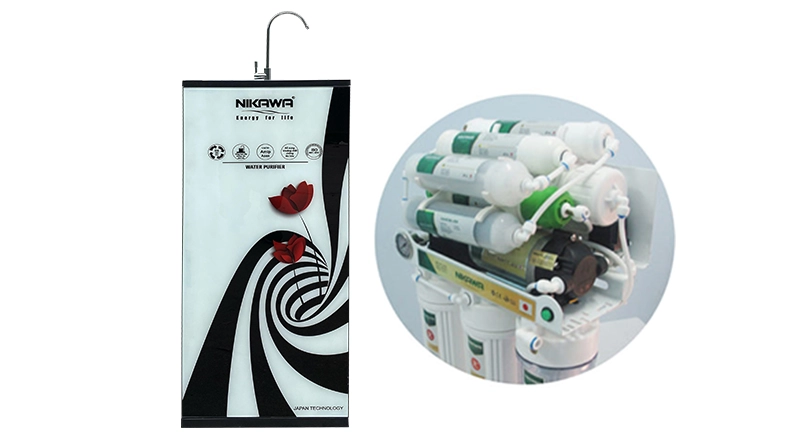
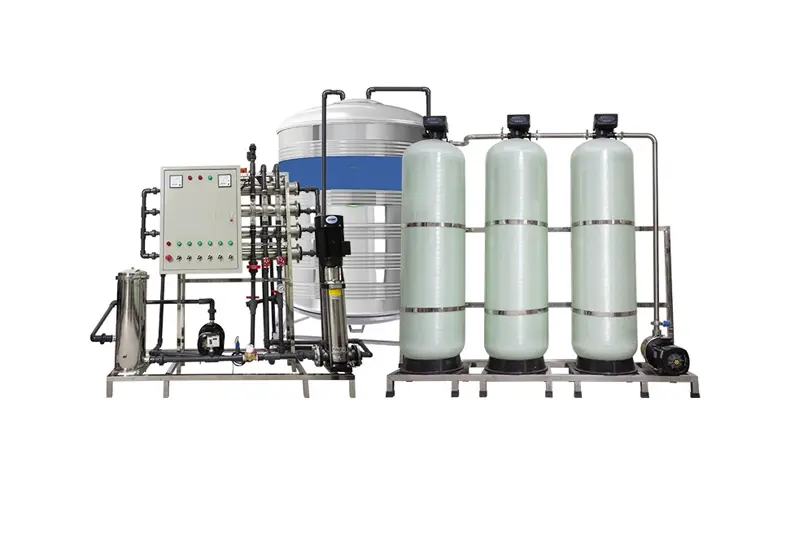
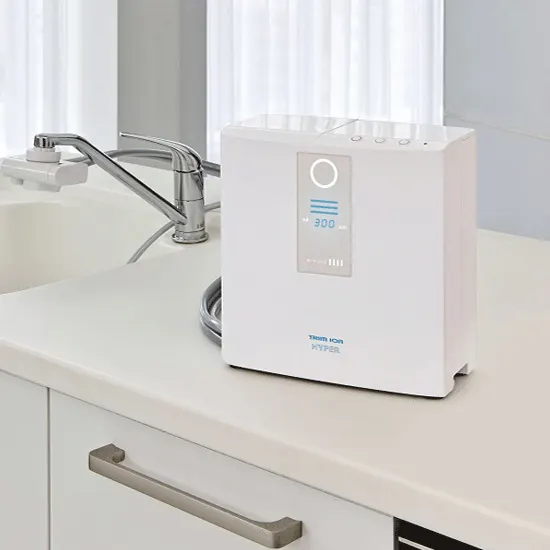
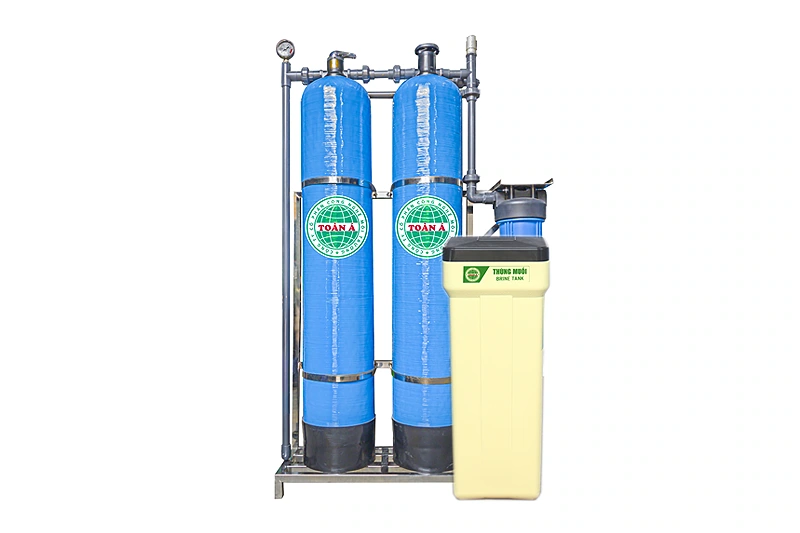


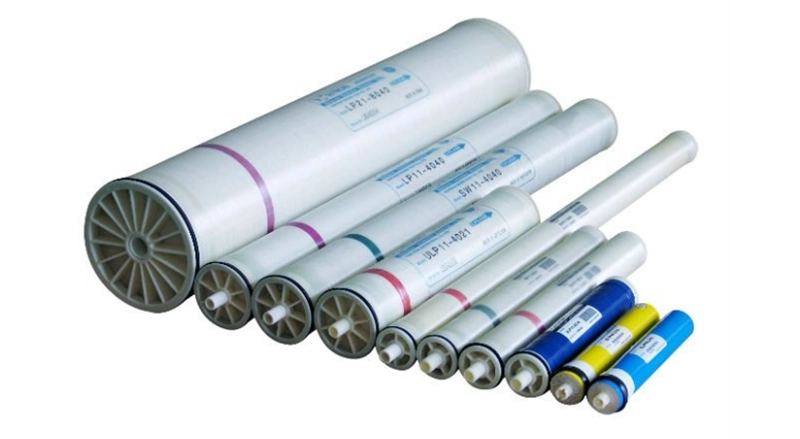
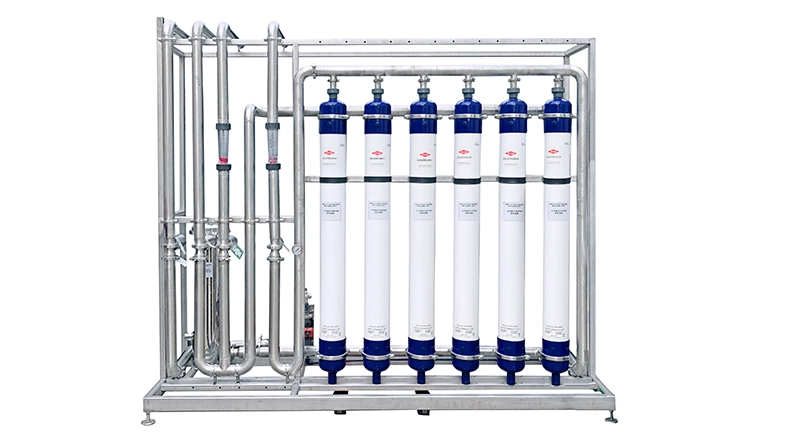


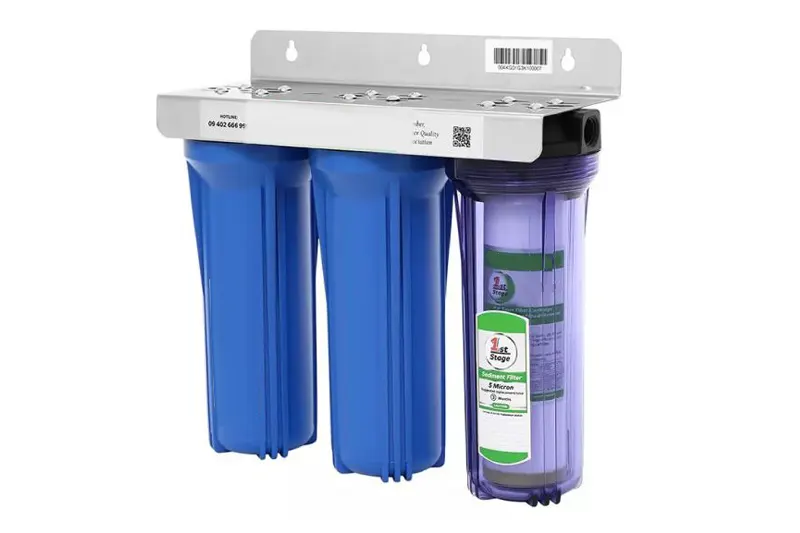

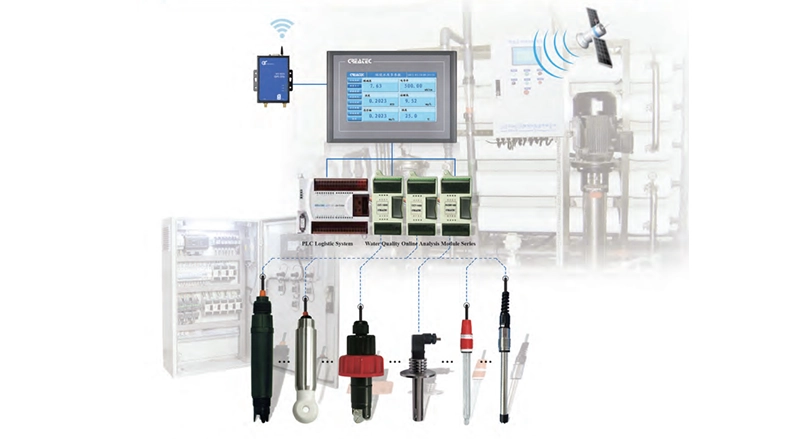
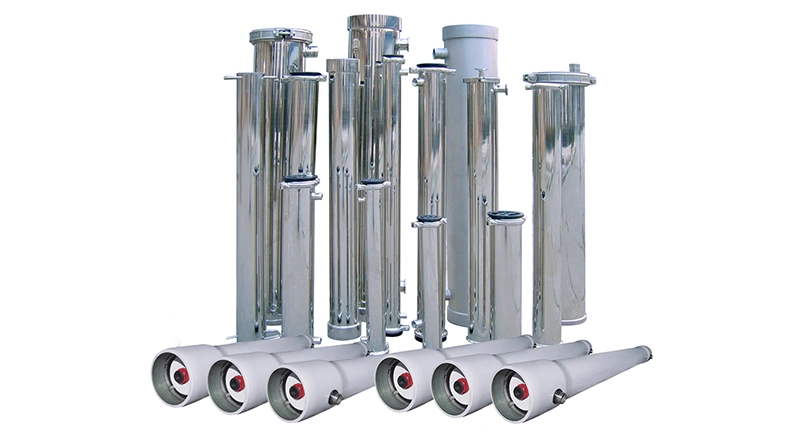
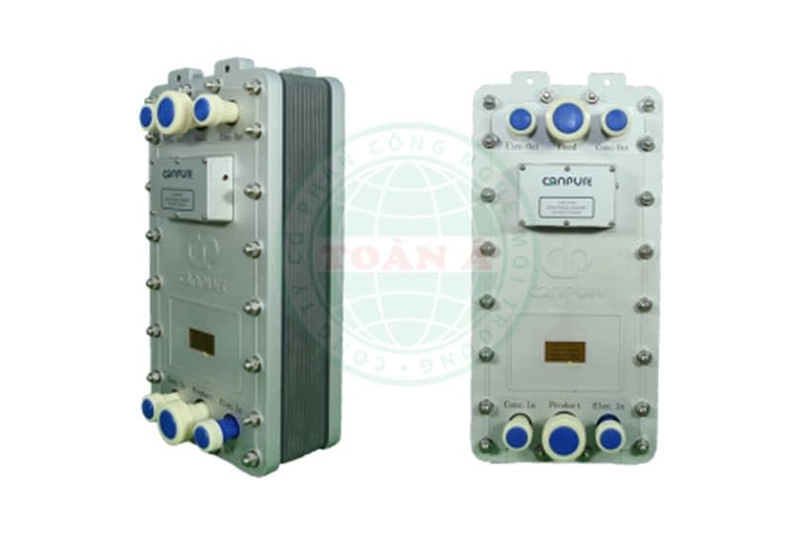
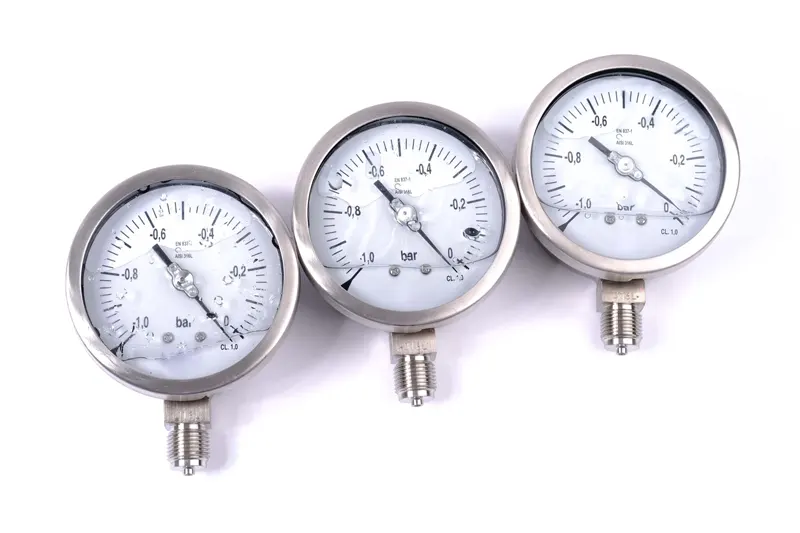
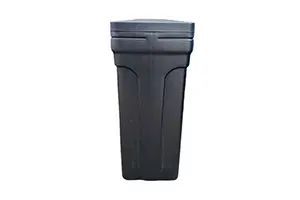


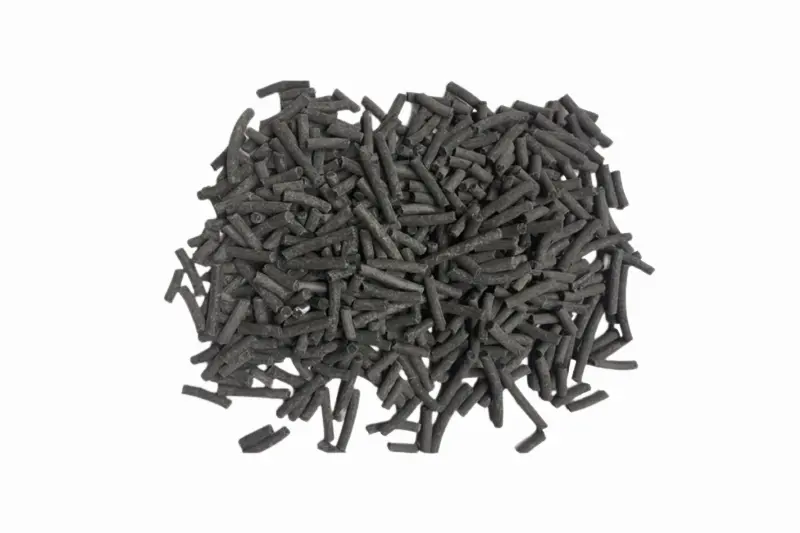
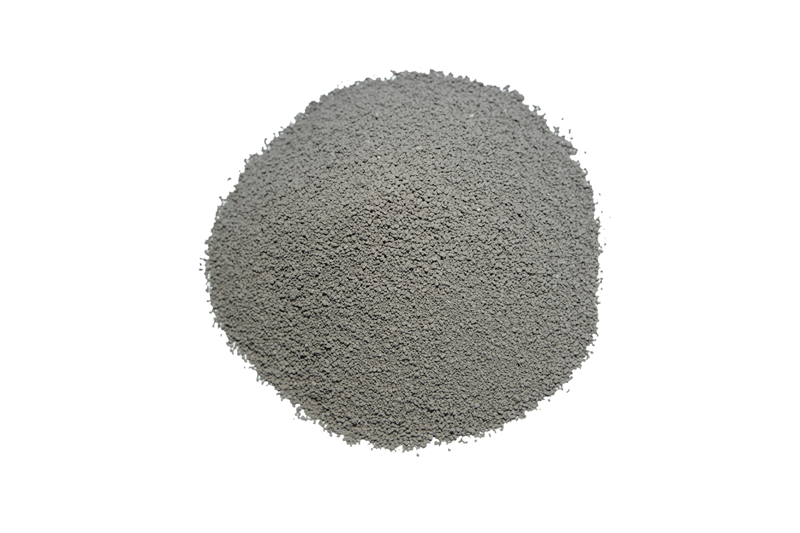
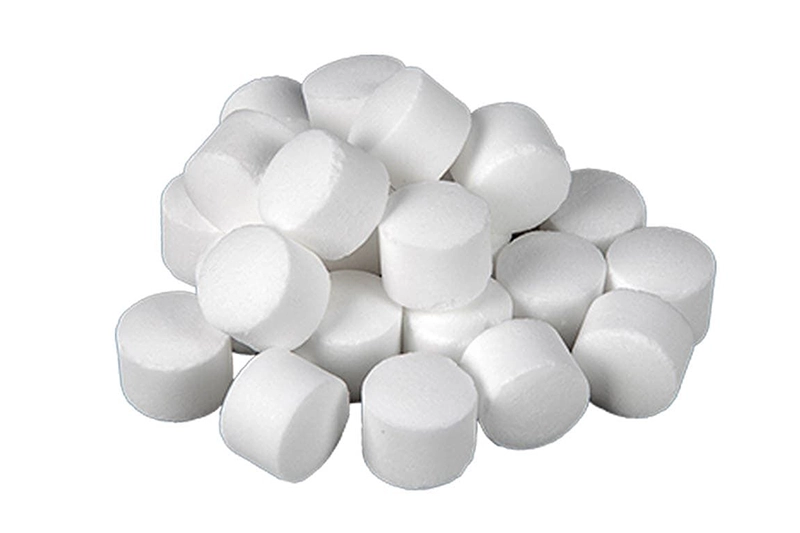
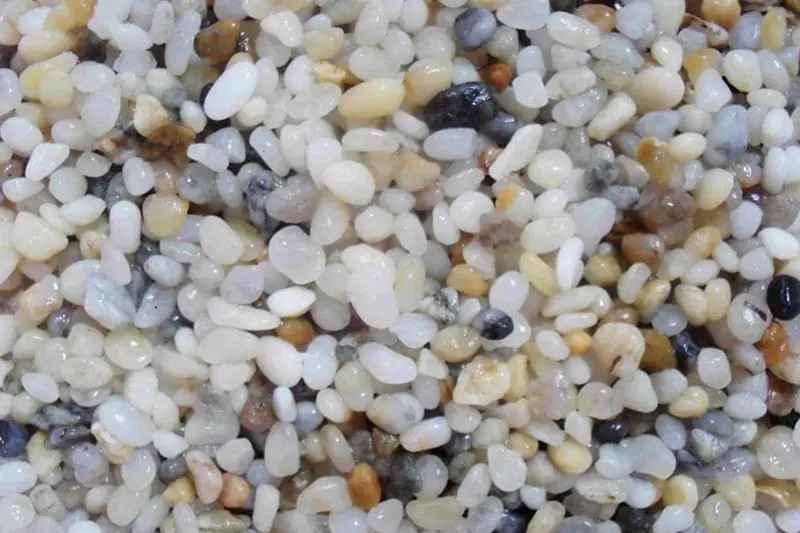
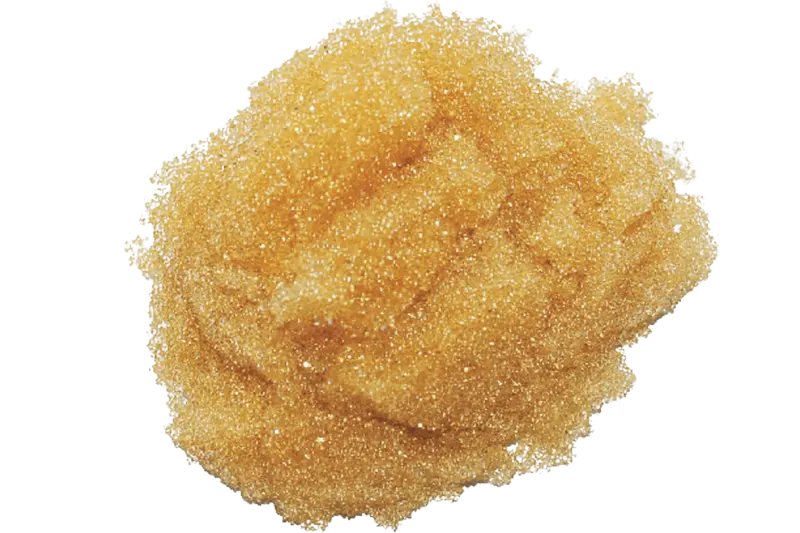








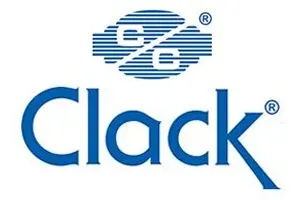
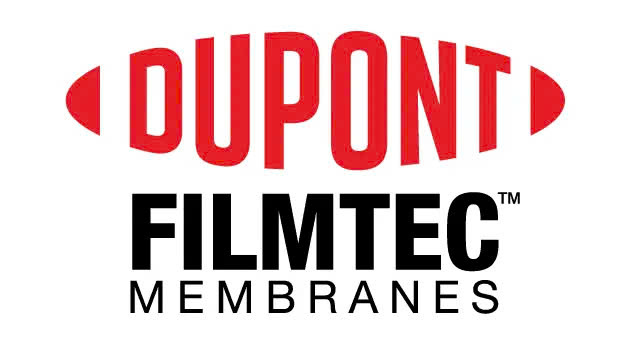

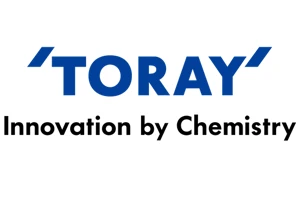

 Water Filter Columns
Water Filter Columns
 Water Filtration Membranes
Water Filtration Membranes
 Control Valves
Control Valves
 Water Filter Cartridges
Water Filter Cartridges
 Water Pumps
Water Pumps
 Water Filtration Equipment
Water Filtration Equipment
 Water Filtration Components
Water Filtration Components
 Water Filtration Materials
Water Filtration Materials
 Heat Pump Water Heaters
Heat Pump Water Heaters



 Products
Products  Solutions
Solutions  Project
Project  News
News